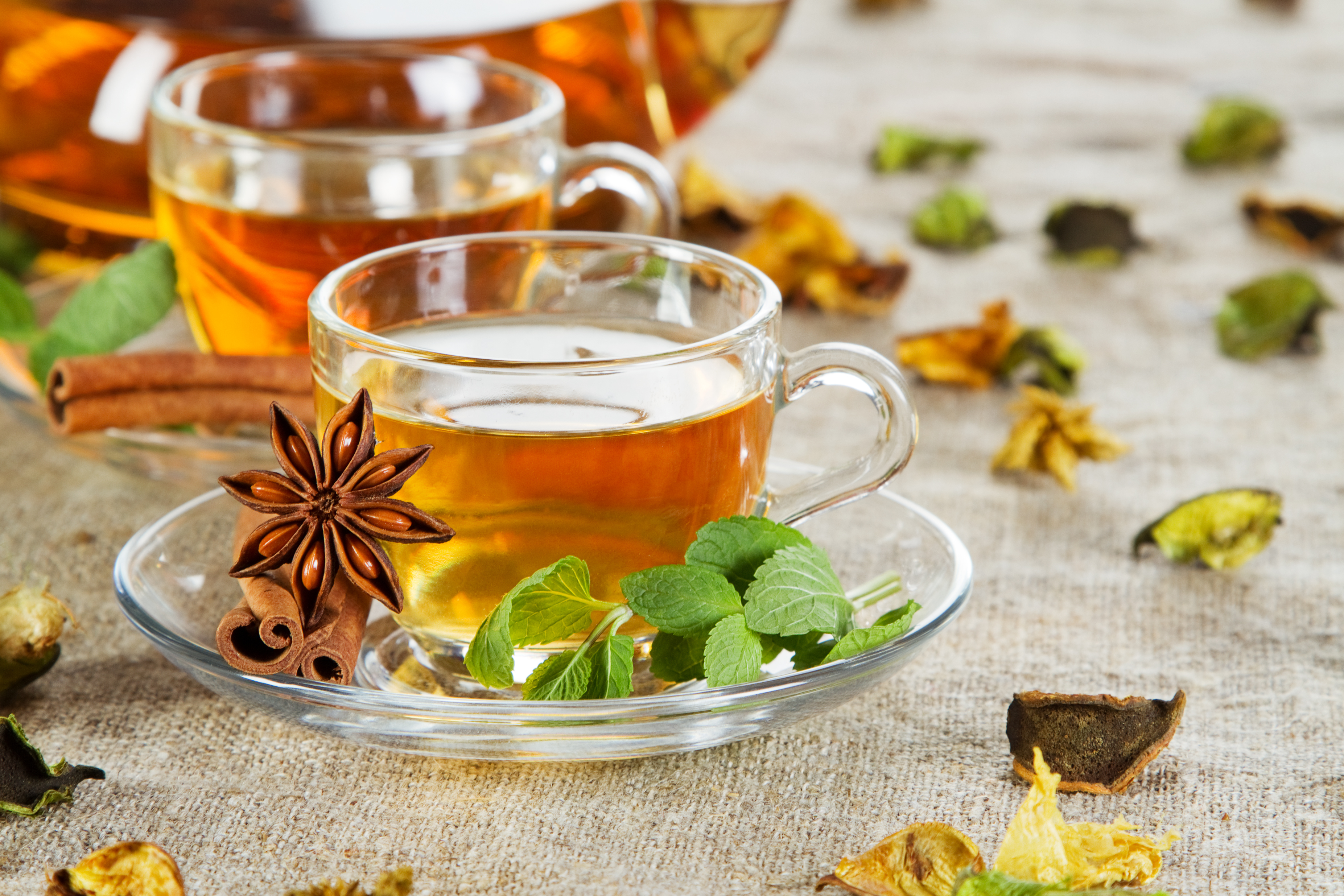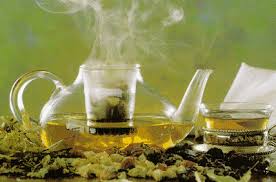TISANES AND AYURVEDA
THE TISANES IN AYURVEDA
We first of all analyze the generic concept of tisane, agreement as a watery extraction of the active principles contained in the plants.After this it is absolutely necessary to understand the difference among decoctions, infusions and soaked.
Here as they prepare him:
Infusions: it makes him boil the water, then he extinguishes and they finally put on the flowers or the leaves of the select plant and they leave it in infusion for 5/10 minutes.
Decoctions: these prepare it beginning from the most consistent and hard parts of the plants (as the bark, the roots, the berries or the branches) bringing to ebullition the water containing the grass or the grass that interest you and allowing to boil for 10 minutes around. You subsequently leaves then in infusion for other 5/10 minutes.
Soaked to cold: realize it putting the mix of grass or the single grass in a cup of water and allowing to soak it for 6/8 hours, then it is filtered and it is drunk. This system is used particularly for the mucilages, as for instance the flax seeds of which we have already spoken and for all those plants that have particularly delicate active principles that can easily ruin with the heat.
The correct quantity of grass to be used for a tisana they are 5 grams for cup (the equivalent of a coffee teaspoon), some more than the normal little envelopes that contain approximately 3 grams grass. Better therefore to already avoid those ready bringing you instead in your erboristeria of trust to make you compose the most proper tisane for your specific demands.
The Ayurvedics tisanes
The medicinal principles are founded used by the ayurveda they are of nature fitoterapic (they are various the grass used in the Ayurvedic tradition ) as the Amalaki (emblica officinalis), the Trikatu, a mixture of three grass (ginger, pepper and pippali), the Haridra (curcuma), the Brahmi (Bacopa Monnieri), the Tulasi (Indian sacred basil), the Erand (common ricino), the Guduchi (Tinospora cordifolia), Kumari (aloe), Gokshur (tribulus terrestris).
As they prepare the Ayurvedics tisanes
The Ayurvedic tisanes must be like the ayurvedic typology of the person. For example: a typology of person Vata(air+ether), slender, lanky, with dry skin and thin hair, of nervous and restless character, it will need a soothing and relaxing tisana, container a stick of licorice, 1/2 teaspoon of seeds of fennel and 2 or 3 wheats of black pepper. This tisana is perfect to heat, to favor the digestion and to get further the stress.
While the individual Pitta (water+fire) is a person at the physicist « middle », well proportionate, from the clear and extending skin to redden. It has a metabolism that he/she works very well and a good digestion, loves the food to the point that if you/they had to delay a meal they would easily be able irritable and angry . They are resourceful, fiery, sweets, ambitious and they love the challenges.
Insofar, if you are a « Pitta », the tisana that does for you is refreshing, therefore it uses 5 or 6 berries of cardamomo and 4 leaves of mint. This recipe is the ideal to refresh body, mind and spirit.
If you belong to the category « Kapha » (water+earth), you have a strong and thick physicist, you hardly get sick you and you have a very clear skin, smooth and often hands and cold feet. The Kaphas have a regular appetite, they very slowly digest and they have the tendency to easily fatten up and to lose weight with work. Caratterialmentes are affectionate, calm, pacific, particularly empaticis, are easily satisfied, they are possessive, lazy, they have good memory but they extend to learn and to slowly learn.
If you mirror yourself in the Kaphas, what does for you is a base tisana of 1/2 teaspoon of ginger, bark of orange and honey. This because you need a depurative and draining tisana from the strong and prickly taste.
Ayrvedic tisane for everybody.
They also exist in commerce tisane that is naturally all right for everybody and three the Doshas. Often in fact it is not so immediate to understand to what vital energy to make reference, is likely to feel themselves at times is Vata that Pitta or Kapha.
For example, alone, without having to buy ayurvedic tisane in little envelope, the following tisana can be prepared:
ingredients for a cup of acqua:1/3 of a coffee teaspoon of seeds of cumin of the lawns; 1/3 of a coffee teaspoon of seeds of coriander; 1/3 of a coffee teaspoon of seeds of fennel.
Preparation: to bring the ebullition water and to add the spices, to extinguish the fire, to cover and to leave in infusion for 5 minutes. To filter. You sweeten according to the characteristic of your Dosha (Vata: honey or syrup of cereal, Pitta: fructose, syrup of cereal, Kapha: honey).



